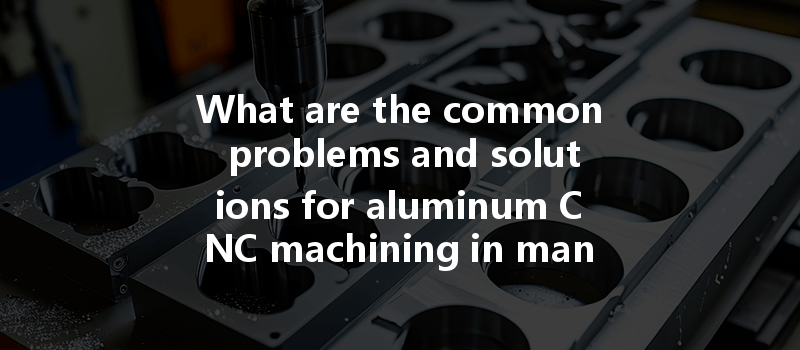Did you know that aluminum is one of the most widely used metals in the world, with over 60 million tons produced annually? Its lightweight, corrosion-resistant nature and excellent machinability make it a favorite among manufacturers across various industries, including automotive, aerospace, and electronics. However, despite its benefits, CNC machining of aluminum can come with its own set of challenges. In this article, we’ll explore the common problems faced during aluminum CNC machining and provide effective solutions to ensure precision and efficiency.
Understanding Aluminum CNC Machining
The Importance of CNC Machining
Computer Numerical Control (CNC) machining has revolutionized manufacturing processes by enabling high precision, repeatability, and automation. CNC machines transform raw materials into finished or semi-finished parts based on CAD designs. This technology is particularly important in aluminum machining due to the metal’s unique properties, which necessitate specific machining techniques.
Characteristics of Aluminum
Aluminum is remarkable for its favorable physical properties, including:
These attributes make aluminum an attractive choice, but its machining can pose several challenges.
Common Problems in Aluminum CNC Machining
Problem Overview: Aluminum is soft, but metalworking tools can suffer rapid wear due to the cutting speeds and feed rates required for efficient machining.
Solution:
Problem Overview: During machining, aluminum can generate long, stringy chips that lead to tool interference and poor surface finish.
Solution:
Problem Overview: Machined surfaces may exhibit roughness, imperfections, or scratches, affecting the aesthetic and functional properties of the parts.
Solution:
Problem Overview: Dimensional errors may arise due to machine calibration, fixtures, or tooling.
Solution:
Problem Overview: Marks from grinding operations can lead to unsightly surfaces and affect the overall quality of a finished product.
Solution:

Problem Overview: The heat generated during CNC machining can lead to thermal distortion, affecting part integrity and tolerances.
Solution:
Problem Overview: Intricate designs require advanced tooling and programming to be executed accurately.
Solution:
Problem Overview: Poor workpiece fixation can lead to vibrations and inaccuracies during machining.
Solution:
Problem Overview: Vibrations during machining can cause tool chatter, resulting in poor surface finish and potential tool breakage.
Solution:
Addressing Challenges with Innovative Solutions
In addition to the solutions mentioned above, several innovative approaches can enhance CNC machining processes for aluminum:
Lean Manufacturing Principles
Implementing lean practices can minimize waste, optimize workflows, and improve overall efficiency in machining processes. By streamlining production lines and focusing on value-added activities, manufacturers can significantly reduce costs and improve output quality.
Employing Automation
Integrating automation and robotics into CNC machining can alleviate upfront labor demands, create consistent throughput, and reduce human error. Automated systems can manage complex setups while enhancing productivity and surpassing machining expectations.
Investing in Employee Training
A skilled workforce is vital for high-quality machining outputs. Offering robust training programs allows employees to familiarize themselves with CNC technologies and develop best practices tailored to aluminum machining.
Utilizing Software Analytics
Data analysis tools can provide insights into CNC machining performance, helping manufacturers identify inefficiencies and optimize their operations. Emphasizing data analytics guides decision-making and encourages continuous improvement.
: The Importance of Understanding and Solving CNC Machining Challenges
In summary, the CNC machining of aluminum, while immensely beneficial, comes with its unique set of challenges. From tool wear to thermal distortion, understanding these issues and implementing practical solutions can significantly enhance the quality of produced parts.
By embracing the technological advancements in machinery, training employees, and focusing on lean practices, manufacturers can effectively navigate the complexities of aluminum CNC machining. High-quality production processes yield better products, which ultimately contributes to a manufacturing entity’s reputation and profitability.
Choosing aluminum as a material for precision engineering is a powerful option, but manufacturers must remain vigilant and proactive about the challenges they may encounter. By applying the techniques and solutions discussed in this article, they can not only overcome those challenges but also stand at the forefront of innovation in the competitive manufacturing landscape.
Aluminum CNC machining is not merely a technical process; it is an art that, when mastered, delivers incredible capabilities and opportunities across various industries. So, as you delve deeper into the world of aluminum CNC machining, remember that every challenge is an opportunity for growth, improvement, and excellence.



